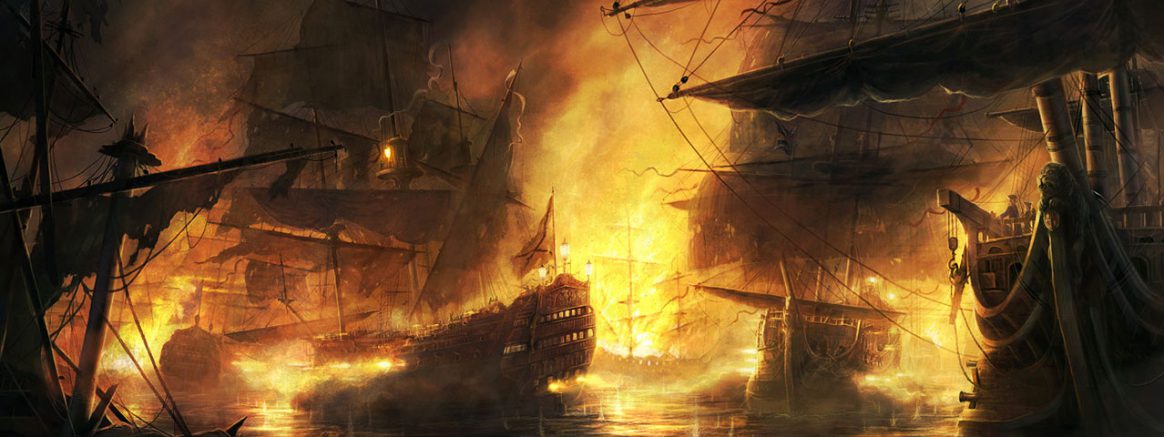
I
Years ago, someone told me about the concept of burning your ships. I did some research into the concept while writing this installment of The Road to Misery, and what I learned is that it traces back to 1519 and one of history’s most inspiring leadership stories.
Hernán Cortés led a large expedition to Mexico. The goal was to capture a magnificent treasure said to be held there. Upon arrival, Cortés made history by destroying his ships. This sent a clear message to his men: There is no turning back. They either win or they perish.
You may think that Cortés’ men would have rebelled against such an action, or become despondent with no exit strategy in place to save their lives. Instead, they rallied behind their leader as never before. Within two years, he succeeded in his conquest of the Aztec empire.
At the core of this concept, is what we call the point of no return. A conscious, cerebral commitment where you recognize that you have crossed over a line, and that you will never cross back. There is no hedging your bets, no looking over your shoulder. You are all in.
Safety nets and escape routes set us up for a reduction in effort and commitment. You have to be willing to burn the ships and trust your inner voice to pursue your dreams, and never look back.
It sounds interesting. It sounds like this grand romantic quest to conquer yourself, and your dreams, and to emerge victorious. But seriously, who would do that? It’s reckless and dangerous. The risk is high, and the probability of success is low. It should come with a “Do not try this at home” warning.
It occurs to me now that for our edition of Misery to have had any chance of becoming a reality, ships had to burn, and there could be no escape plan, no safety net. I found myself operating out of this space once I had made the decision to go after a signed edition of the novel.
It was April 14, 2017, while I was sitting in my car in a parking lot that the decision was made. I was kicking it around for months before that, but every time I thought about it, I shut it down. I’m not sure why that Friday in April was any different. But on that day, I seemed to have the ability to silence the negativity, and focus only on what might be possible. Instantly, I knew what had to be done, and before too long, I was all in. Financially, emotionally and physically.
II
I realized this wasn’t something that could be handled over email or a phone call, and that I would need to travel to NYC and Bangor. I’m not a fan of flying, so I had to conquer that fear. I don’t know that I fully conquered it, but I was able to find this place in my mind that settled me about it and made it tolerable.
Very early in the project, I decided to purchase a Royal Model 10 typewriter. The same make and model that Annie Wilkes bought for Paul Sheldon to write his new Misery novel. I felt that I needed to get in the mood, so to speak, so one night, I sat down and typed up the first two pages of Misery’s Return. It was an interesting experience, and throughout, I couldn’t help but feel as if Annie was right behind me. It was a little scary.
I have a lot of videos and photos related to the quest to publish this book. More than it makes sense to share here. But I will try to share a few now and then.
Here’s a clip of me typing the manuscript on the Model 10.
The next step was to make a prototype of the book, and I only had about two and a half months to get it done. It had to be designed, sample pages had to get printed, some initial artwork needed to be completed, and the book had to be bound. Of course, a box had to be made as well. And there was the prospectus. It was a ton of work, with not a lot of time. In fact, I picked up the prototype at the bookbinder in Boston just a few days before my meeting.
I dug up this video I made in my garage, when I was spray painting the sides of the wooden prototype box. Originally these were going to be painted, but as we progressed into the project, it made more sense to laser engrave them, and it looked nicer that way. Here I am in the garage testing my spray painting skills.
Below are photos of the actual prototype that was presented to Stephen King. These were taken in my hotel room.
And here are some shots of Peter, the bookbinder, on the day I picked up the prototype. He is placing the art and adding some final touches.
Through it all, I felt as if I were operating from that twenty-something-year-old self I had previously abandoned. There was a live wire of electric current that ran through the project, and through me, connected to it. There were days when I felt as if I were not really even in control. I was simply taking direction from something much bigger than myself.
For instance, there were two key players in Stephen King’s world who I knew I would need to go through in order to get this project approved. One of them, I reached out to immediately and found that they were very receptive. The other was delivered to me by the universe.
As many of you know, I had been hard at work already on releasing The Covers Collection. One afternoon, the second key player placed an order for a print. Here I was, suddenly staring at the email and phone number of the very person I knew I needed to meet with in order to make Misery happen. As if I needed any more convincing, it was at this moment that I felt more certain than ever that this entire thing was pre-destined.
I set about firing off emails, setting up meetings, and preparing for my trips to New York and Bangor.
“The Fire” illustration © 2008-2018 RadoJavor
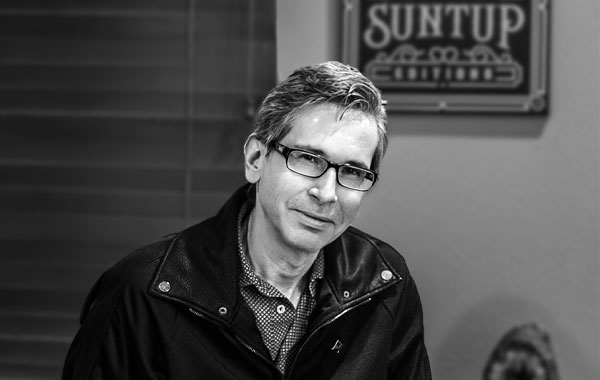

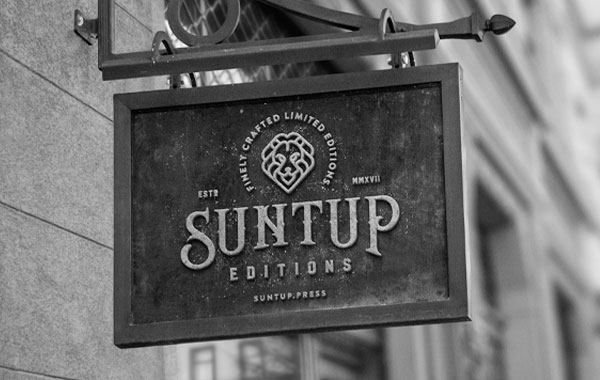
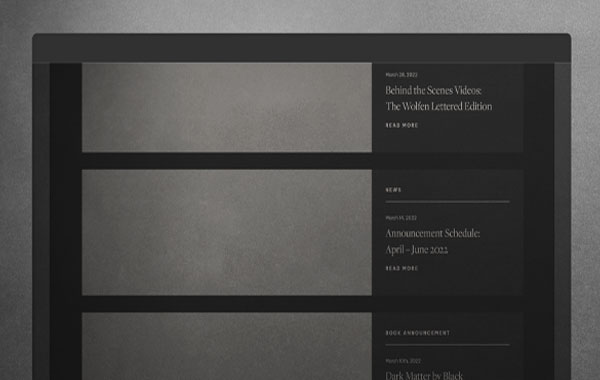

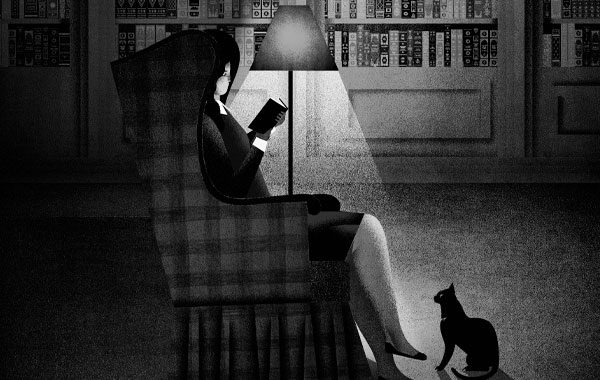
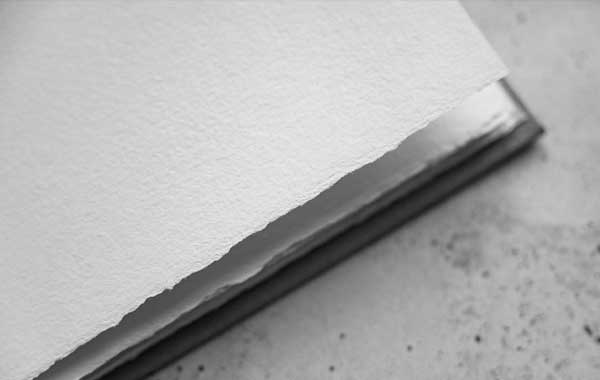

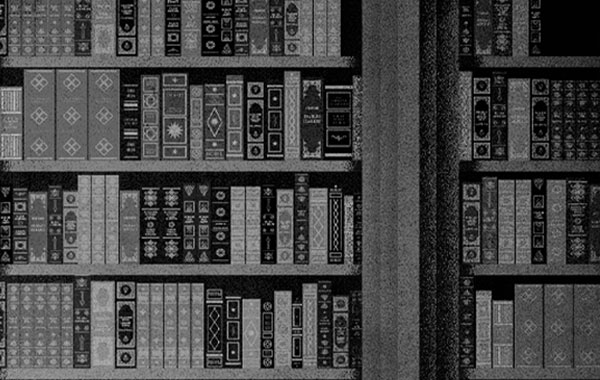

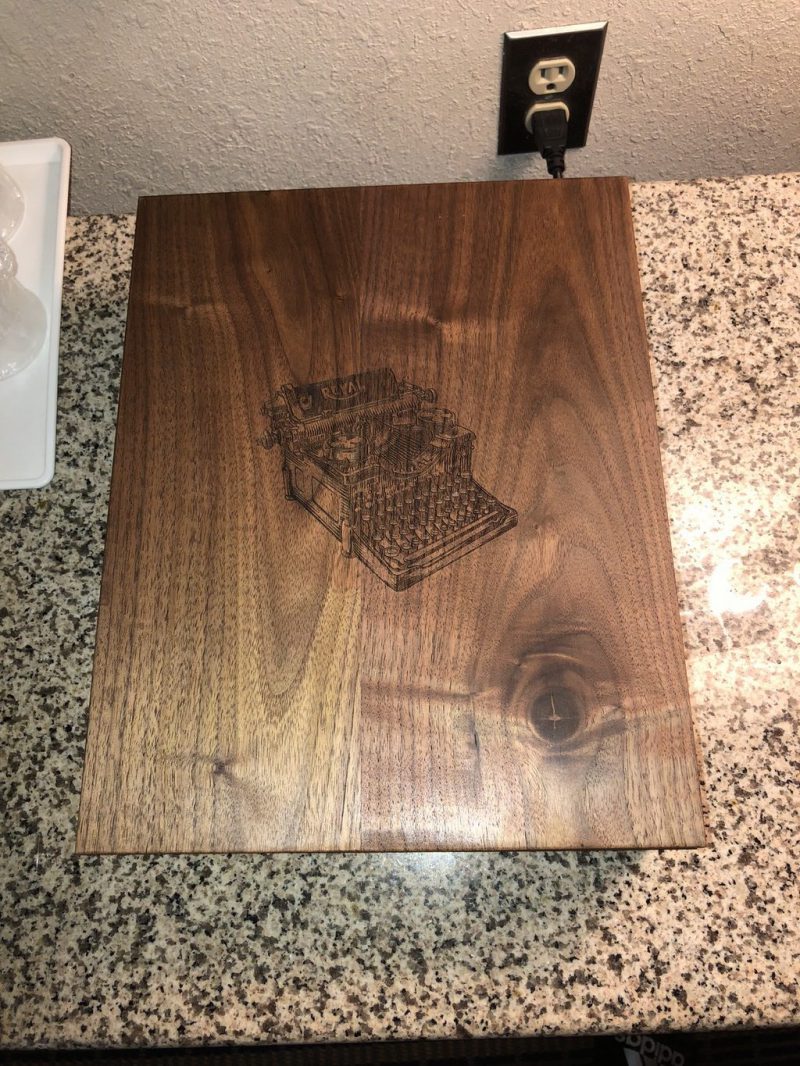
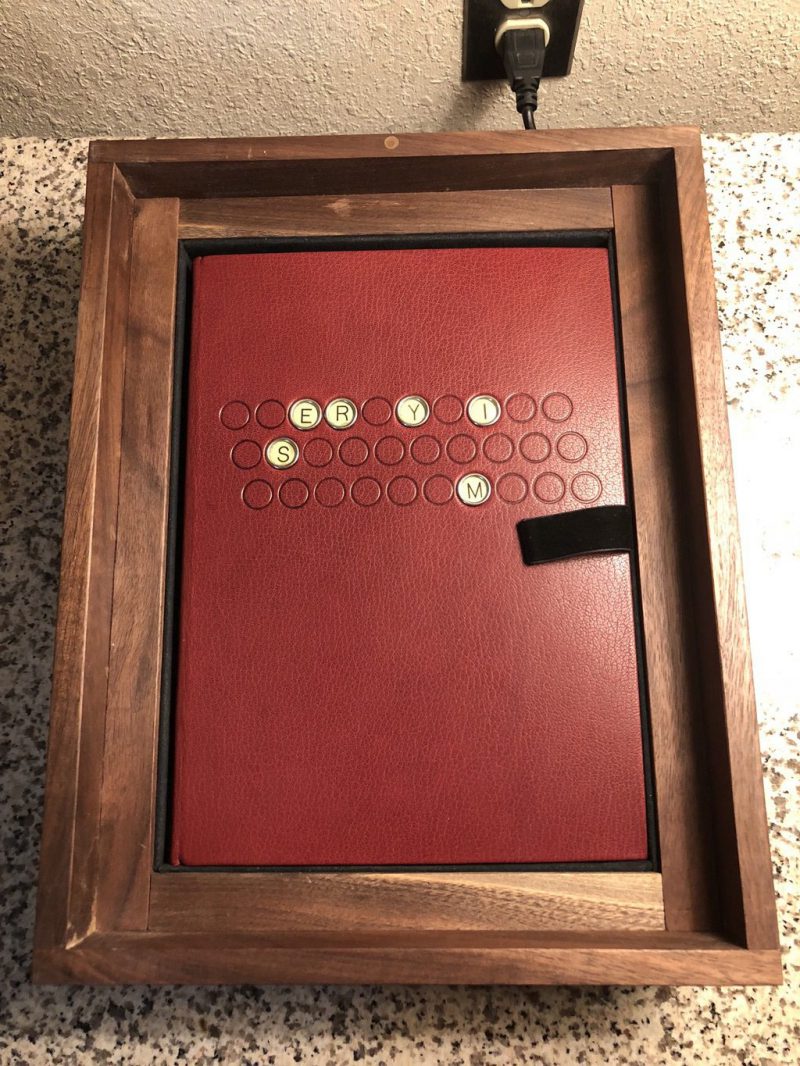
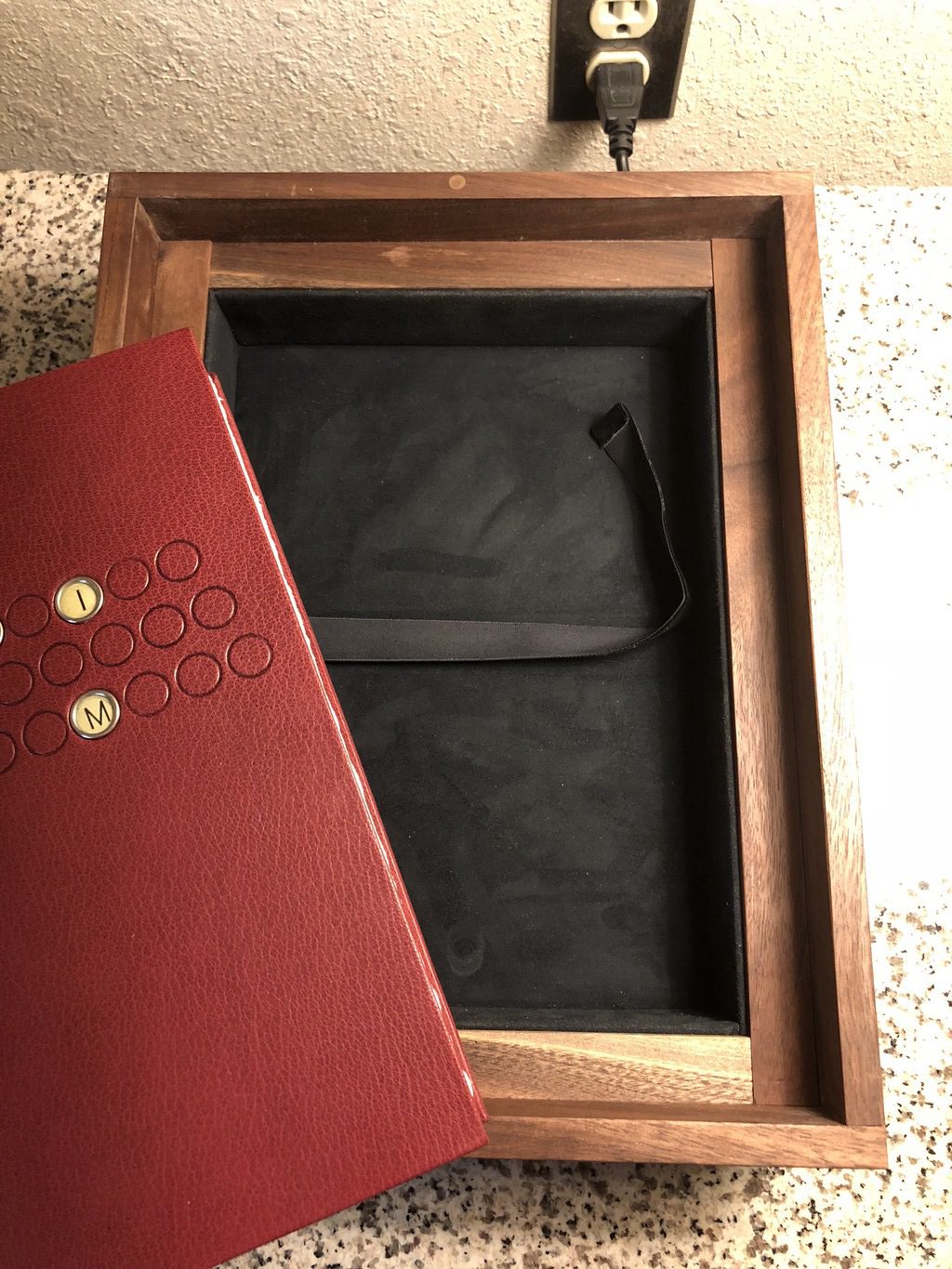
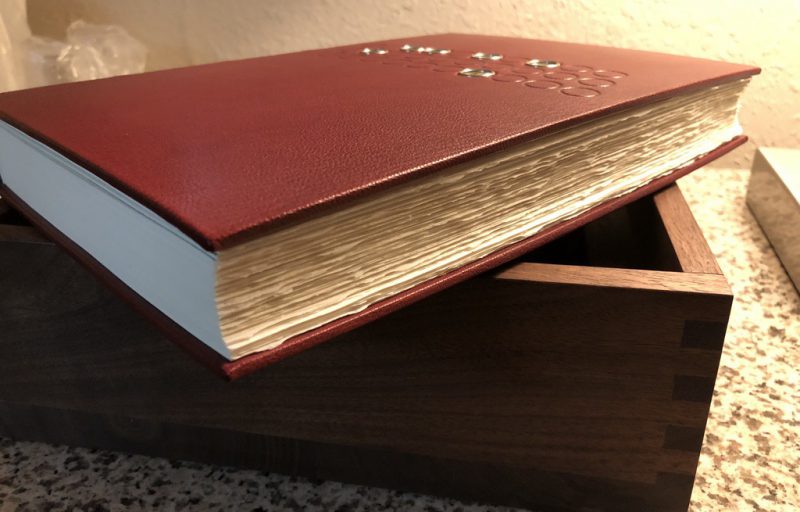
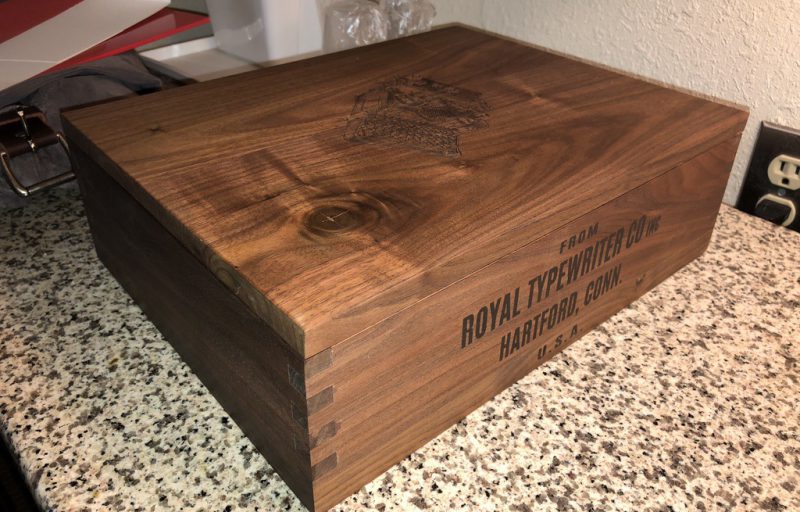
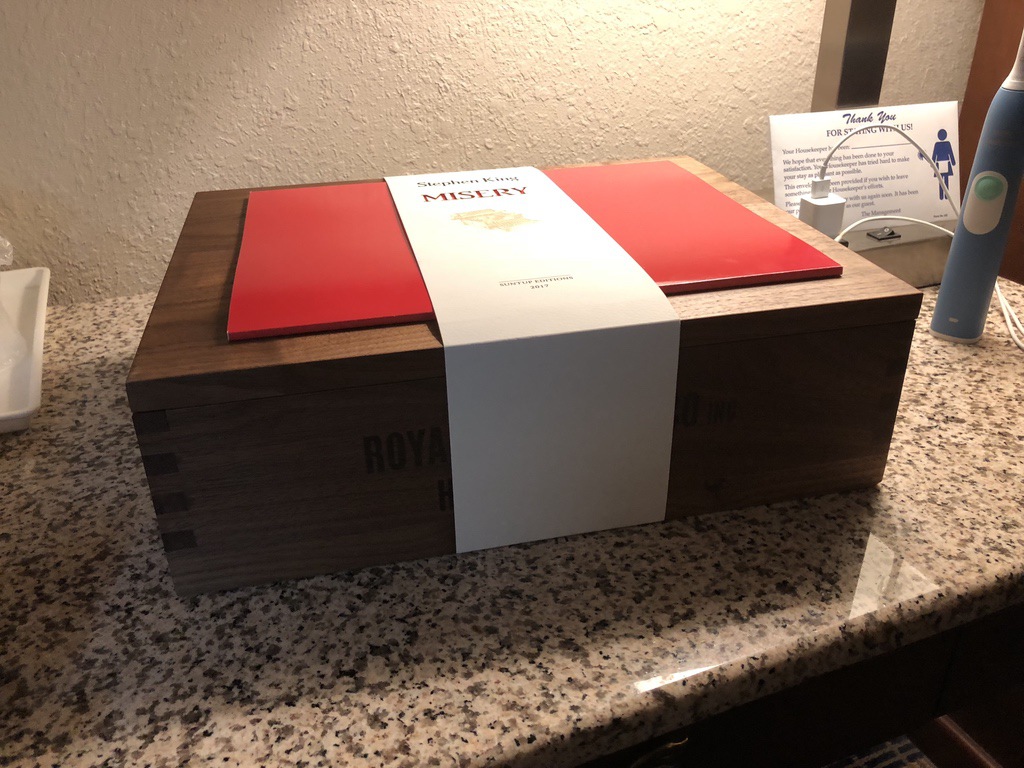



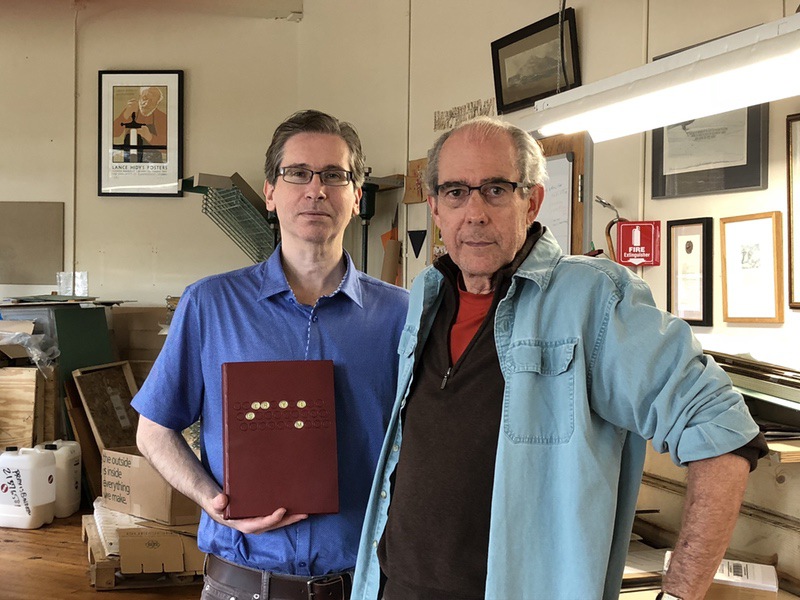
Marc Goldfinger
This production of Misery by Suntup Press is worth burning your ships for. I can believe that when I see, on eBay, this edition as a Pre-Order, sell for $4050.00. It’s well worth it. I’m glad I burned my ships and ordered one. I’ve never seen one developed with such care. This Misery is LOVE!!!
Randall Flagg
I could read these pieces and watch the videos for hours. Truly fascinating.
Anthony
I love reading about this stuff, Paul, it makes the book even more special to know so much about what went into it and how it came to be. Great stuff. Cheers!
Paul Suntup
Thanks for the comments fellas.
Randall Flagg
Things just get better and better.